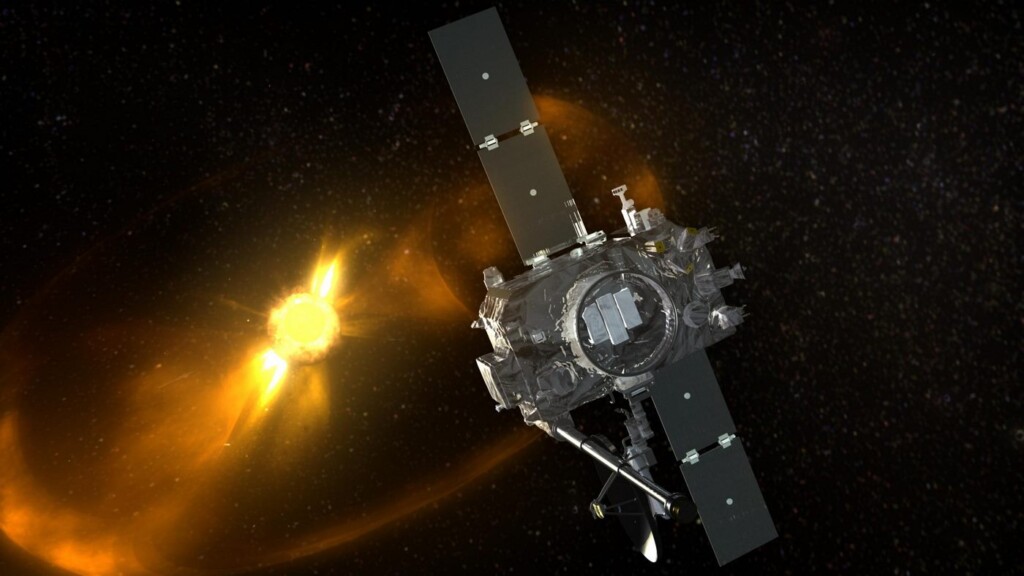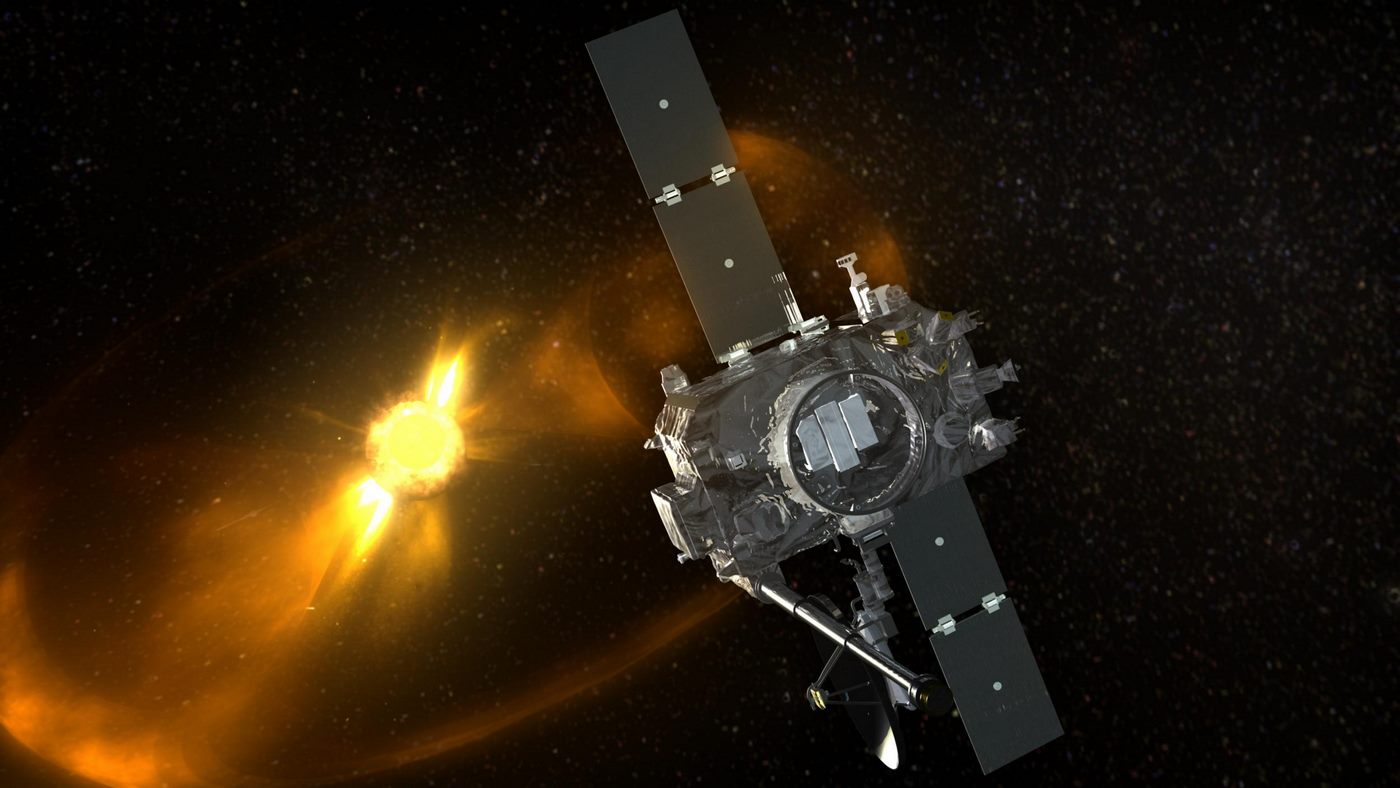
A spacecraft that gave us our first multiple-perspective view of the Sun is set to fly by Earth for the first time since launching 17 years ago.
NASA’s STEREO-A spacecraft will pass between the Sun and Earth on Saturday, August 12th, with the agency exclaiming “our teenage spacecraft is visiting home.”
The twin STEREO (Solar TErrestrial RElations Observatory) spacecraft launched on October 25th, 2006 from the Cape Canaveral Air Force Station in Florida.
Prior to the mission, we could only observe the Sun one side at a time. The two crafts’ flights enabled a stereoscopic three-dimensional view.
STEREO-A (for “Ahead”) advanced its lead on Earth as STEREO-B (for “Behind”) lagged behind, both charting Earth-like orbits around the Sun.
During the first years after launch, the dual-spacecraft mission achieved its landmark goal: providing the first stereoscopic, or multiple-perspective, view of our closest star.
“On Feb. 6, 2011, the mission achieved another landmark: STEREO-A and -B reached a 180-degree separation in their orbits. For the first time, humanity saw our Sun as a complete sphere,” wrote NASA.
“Prior to that we were ‘tethered’ to the Sun-Earth line—we only saw one side of the Sun at a time,” explained Lika Guhathakurta, STEREO program scientist at NASA. “STEREO broke that tether and gave us a view of the Sun as a three-dimensional object.”
On Saturday, STEREO-A’s lead on Earth will have grown to one full revolution as the spacecraft “laps” us in our orbit around the Sun.
“In the few weeks before and after STEREO-A’s flyby, scientists are seizing the opportunity to ask questions normally beyond the mission’s reach.”
NASA explains that when a plume of solar material known as a coronal mass ejection, or CME, arrives at Earth, it can disrupt satellite and radio signals, or even cause surges in our power grids. Or, it may have hardly any effect at all. It all depends on the magnetic field embedded within it, which can change dramatically in the 93 million miles between the Sun and Earth.
During the months before and after STEREO-A’s Earth flyby, any Earth-directed CMEs will pass over STEREO-A and other near-Earth spacecraft, giving scientists much-needed multipoint measurements from inside a CME.
MORE NEWS LIKE THIS: NASA Probe Enters the Sun’s Atmosphere for the First Time, Immediately Teaching Us New Things About Our Star
“To understand how a CME’s magnetic field evolves on the way to Earth, scientists build computer models of these solar eruptions, updating them with each new spacecraft observation,” NASA writes.
Toni Galvin, a professor at the University of New Hampshire and principal investigator for one of STEREO-A’s instruments, compares our ability to gather data on CMEs with the parable about the blind men and the elephant.
“[One] feels the legs says ‘it’s like a tree trunk,’ and the one who feels the tail says ‘it’s like a snake,” says Galvin. “That’s what we’re stuck with right now with CMEs, because we typically only have one or two spacecraft right next to each other measuring it.”
MORE SPACECRAFT STORIES: Scientists See Red Planet in New Light, Unveiling Two Incredible New Images
Scientists are excited as the flyby comes at a time the Sun is fairly active as we approach the solar maximum predicted for 2025.
In this phase of the solar cycle, STEREO-A will be passing by a fundamentally different Sun. There is so much knowledge to be gained from that.
SHARE This Cool And Unique Outer Space Reunion With Your Friends…




















